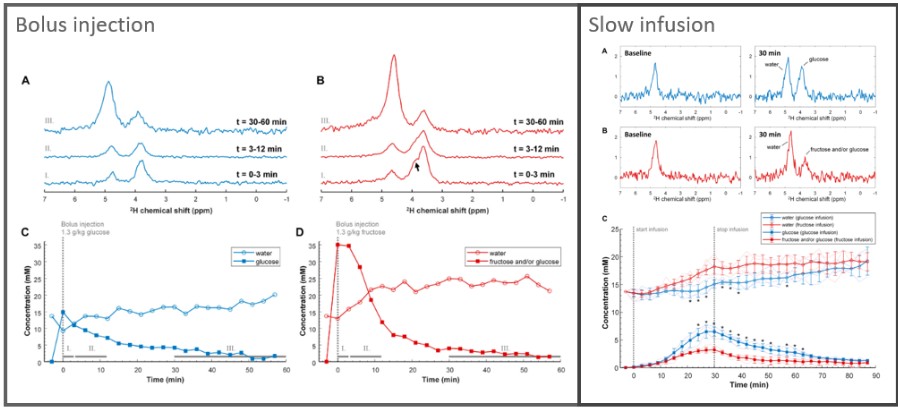
Understanding and Fighting Cancer: Endogenous DNA single-strand breaks in cancer
Euro-BioImaging is organizing an online User Forum on October 14, 2021 from 14:00-17:00 CEST. This event will highlight the importance of cutting-edge imaging technologies in support of cancer research and showcase the specific expertise available at our Nodes across Europe through case studies presented in tandem with the research community.
In this brief abstract, learn how imaging work accomplished at Euro-BioImaging’s Advanced Light and Electron Microscopy Node in Prague led to a paradigm-shifting discovery that challenges the “text book” view of how DNA is replicated, with implications for cancer research. Hear this talk and others like it on October 14 at the Euro-BioImaging User Forum.
Endogenous DNA single-strand breaks in cancer
Margarita Sobol
IMG - Light and Electron Microscope Core Facility
Aleš Benda,
Advanced Light and Electron Microscopy Node, Prague
Poly (ADP-ribose) polymerase (PARP) inhibitors are clinically approved drugs for the treatment of cancer cells in which homologous recombination (HR)-mediated repair is defective, on the basis of their extreme toxicity in such cells. Whilst it is established that the clinical utility of these inhibitors reflects their ability to ‘trap’ PARP1 on one or more DNA structures, the identity of these DNA structures is unclear. Recently, we have discovered that the primary source of endogenous DNA single-strand breaks that are detected by PARP1 during normal cell division are not stochastic DNA lesions, but instead are normal Okazaki fragment intermediates of DNA replication.
This unexpected and striking discovery implicates PARP-dependent DNA repair as an alternative pathway for the processing of canonical DNA replication intermediates; a paradigm-shifting discovery that challenges the “text book” view of how DNA is replicated. This work has major implications for cancer research, because it identifies these obligatory DNA replication intermediates as the likely source of synthetic lethality that is triggered in certain cancer cells by PARP1 inhibition. It is possible that Okazaki fragments that evade both canonical and PARP-dependent processing (e.g. in the presence of well-established PARP inhibitors) are subsequently repaired by HR repair pathway, after their conversion to extended single-strand gaps or DNA double-strands breaks in the same cell cycle or after DNA replication fork collapse in the next cell cycle.
If HR-mediated repair does not occur, however (e.g. in BRCA-defective cells), the persistent single-strand gaps and/or collapsed DNA replication forks might lead to mitotic catastrophe and/or chromosome degradation and death. Collectively, our data from fluorescence high content ScanR, confocal and electron microscopes implicate unligated Okazaki fragments as a driver of therapeutic efficacy. In addition, our model predicts that the clinical utility of PARP inhibitors might extend beyond HR-defective cancers, to cancers in which key components of DNA replication are mutated, and particularly those in which the canonical processing of Okazaki fragments is defective.
More news from Euro-BioImaging


